The State of UX in 2025
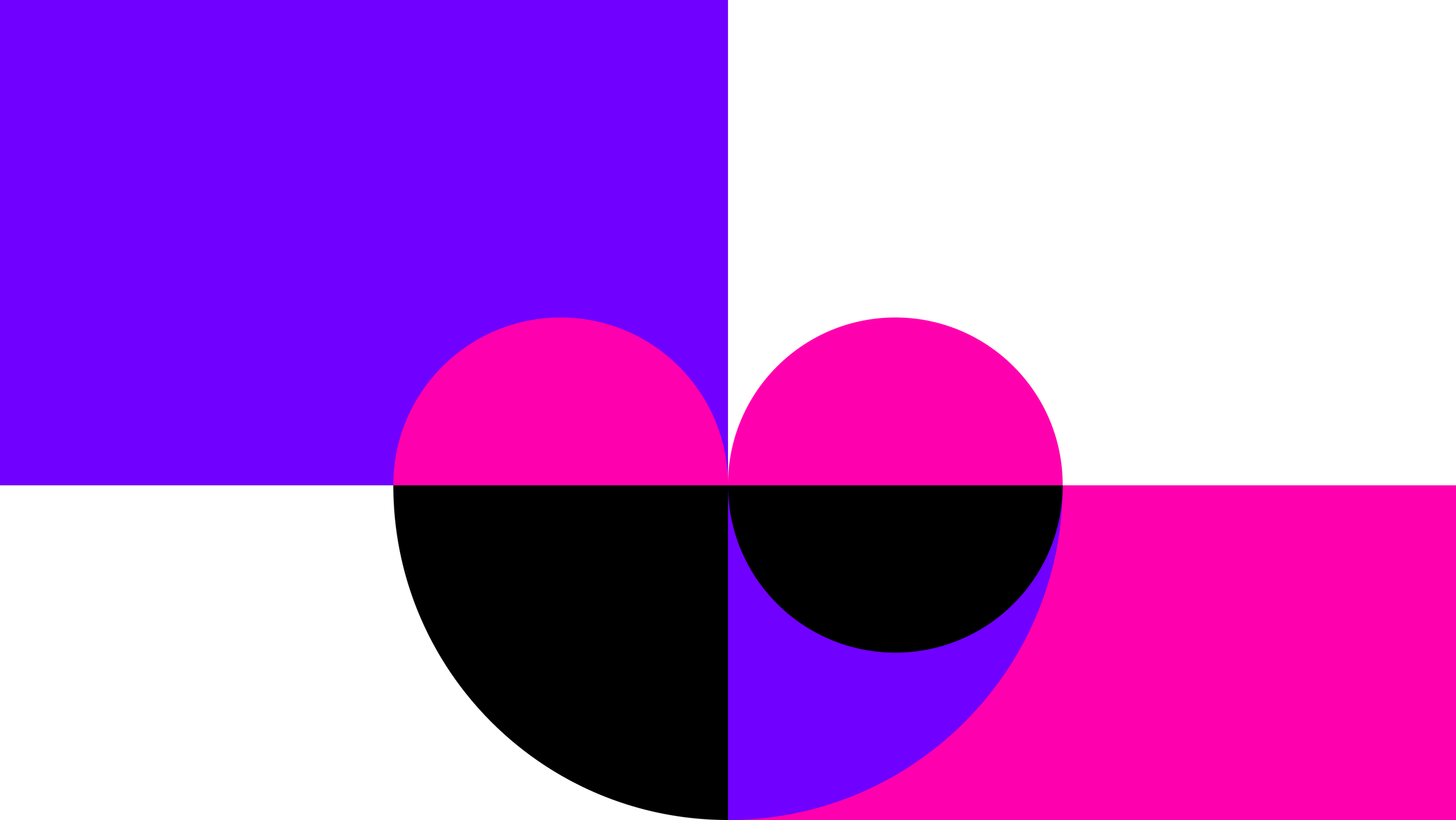
A love letter about change
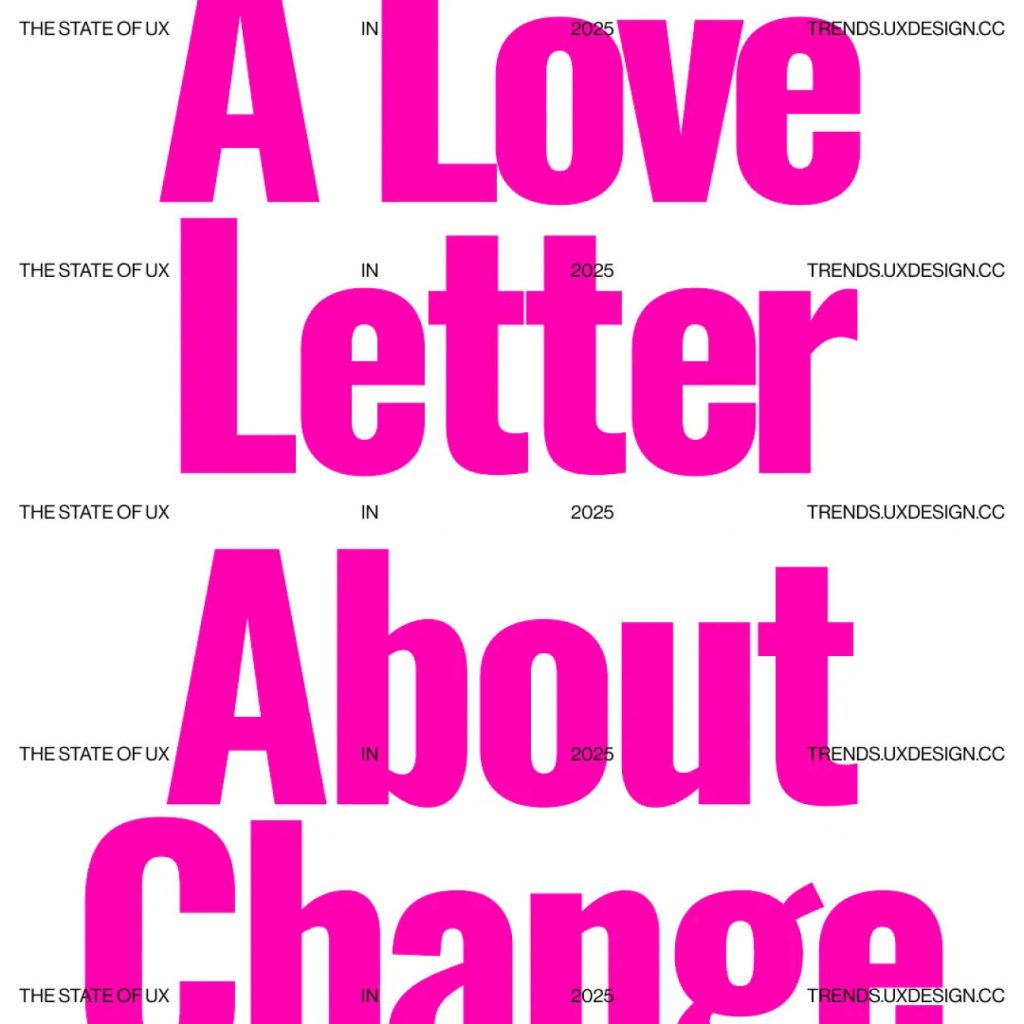
Things have been feeling differently for a while. That UX buzz, that peak we hit in the late 2010s, has faded. Historically, designers have always aimed to exert vast influence within their organizations, guiding the creative vision and making critical decisions that shape the product. That reality simply doesn’t feel palpable anymore when you look at the state of UX more broadly. UX is increasingly a byproduct of business objectives, not the driving force.
The Great Design Handoff
What we have started to witness this year is a fundamental shift in responsibilities and a transfer of design control from designers to a complex network of algorithms, automated tools, and business stakeholders.
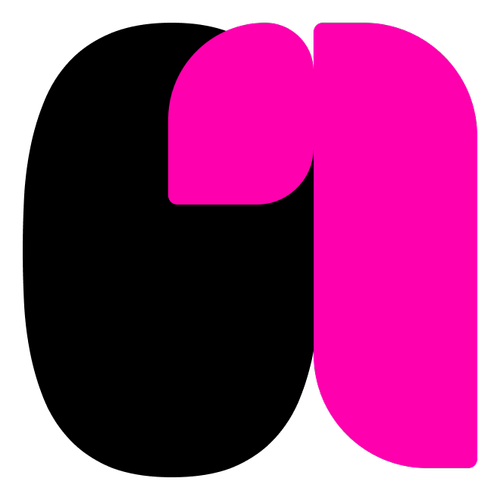
We’re handing our designs to Figma while it trains its AI. It’s right there in the fine print you accepted when they launched their new AI features this year, because you also accepted Figma as the most convenient tool there is. Some say these AI design tools will put us out of a job; others say they’ll just make us faster. Trying to pick one single lane is lazy thinking. Arguing that AI will only replace the mechanical part of our job is shortsighted. [1][2][3][4][5][6] Very soon, AI-powered tools like Figma, Vercel, Canva (and many others) will change everyone’s perception of who is equipped to design, how long design takes, and—inevitably—how much design is worth paying for. [7][8][9][10][11][12][13]
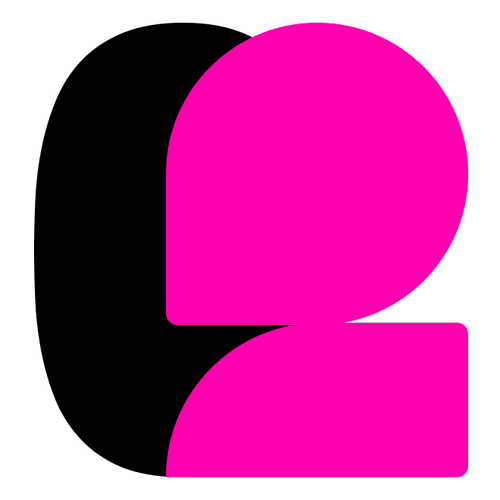
We’re handing our design systems to growth teams so they can squeeze every last penny out of customers. We’re optimizing our flows for clicks, not clarity. We stopped building tools and started building engagement traps. [14][15][16][17] While in the past UX had a certain aura of care for users, in 2024 we are bluntly following the numbers. In many companies, the pursuit of growth is overshadowing the pursuit of meaning. [18][19][20][21][22]
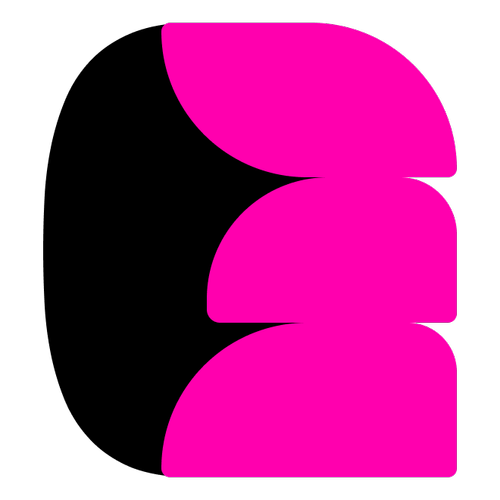
We’re trading empathy for algorithms. Personalization has gotten so complex that it’s now out of human control, and can lead to echo chambers, warped perspectives, and consequences we’re unable to predict. We’re slowly swapping user research for automated A/B tests, and gradually letting the data make decisions on our behalf. [23][24][25] We could be choosing to create software that is local-first, more private, and more thoughtful. Still, we’re choosing to build for the machine—not for each other. [26]

We’re shipping new products before they’re even ready. Look at the AI hardware fiasco in 2024, or at all the half-baked AI features in our enterprise products—broken promises everywhere. Products don’t have to be ready for prime time because, over the last decade, we convinced ourselves we got to “fail fast,” “test and learn,” and “lean-UX” our way out of tight timelines. Which is a cynical subversion of all the foundational UX principles we claim to adhere to. [27][28][29][30][31]
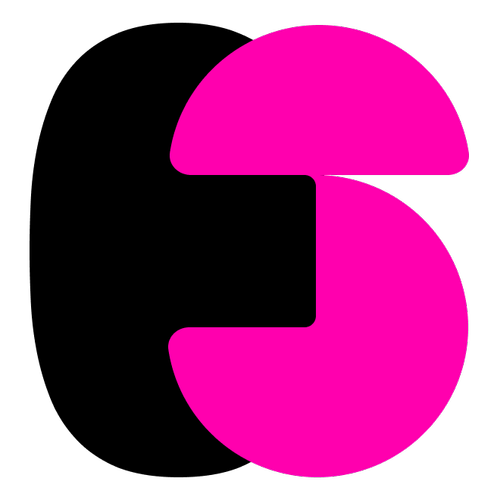
We’re shifting our focus from good design to organizational politics. Increasingly, designers spend most of their day (and energy) in meetings talking about everything other than design, getting “stakeholder alignment”, and “balancing out user and business needs.” Products are launched because someone needs a promotion. Timelines are built around someone’s performance review or company reports. [32] [33] [34] [35] [36] This year, layoffs felt like a constant threat, and in many ways, the focus shifted from doing great work to just holding onto our jobs. [37] [38] [39] [40] [41] [42]
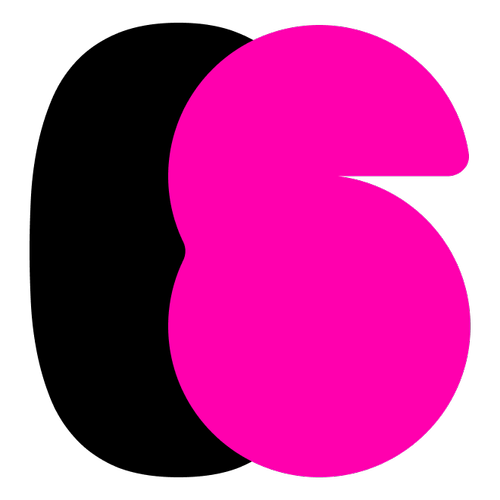
We’re dumping half-baked thoughts on Linkedin, hoping for the recognition we don’t get at work. This year, the lack of job security also made designers double down on our “online presence”, in an attempt to remain relevant within their network. We’re writing catchy Linkedin posts to please the algorithm; we’re making our thoughts more polarizing than they need to be. There’s no place for longer-form discussions or nuanced back and forth. We’re building echo chambers, not communities. It’s easier to build an audience using controversy than real thought. [43][44][45]
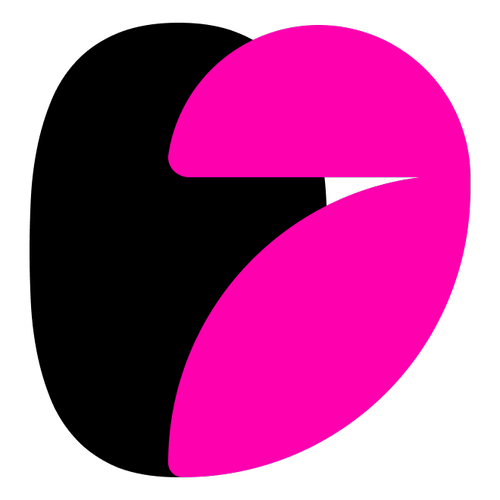
We’re giving up on the dream of community-wide events, and we’re letting companies dictate the design agenda. While smaller events continue strong even post-COVID, we clearly haven’t found a sustainable model for design conferences at scale. IxDA couldn’t compete with the big budgets behind Figma’s Config and Adobe Max. Which means those few companies get to decide who talks about what in today’s largest design arenas. [46] [47]
We’re teaching our brand voice to LLMs so they can communicate with our customers without our oversight. We’re choosing not to hire a photographer and to use AI-generated imagery instead. We’re choosing not to hire a voice actor, not to hire an illustrator artist.
“Just this one time because the budget is short.”
“Just to try it out.”
“Just because our competitor is doing it.”
You get the point.
On their own, these shifts might fly under the radar. But zoom out, look at the whole year, and the patterns start to emerge—giving us a glimpse of where Design is headed. These subtle changes have been impacting everything: our daily routines, what we produce, the tools we use, our career paths, and even our communities more broadly.
So, as designers,
how might we embrace change?
Read the full article here:
The State of UX in 2025: a love letter about change →
This article was originally published on UX Collective and written by Fabricio Teixeira and Caio Braga.
The State of UX in 2024
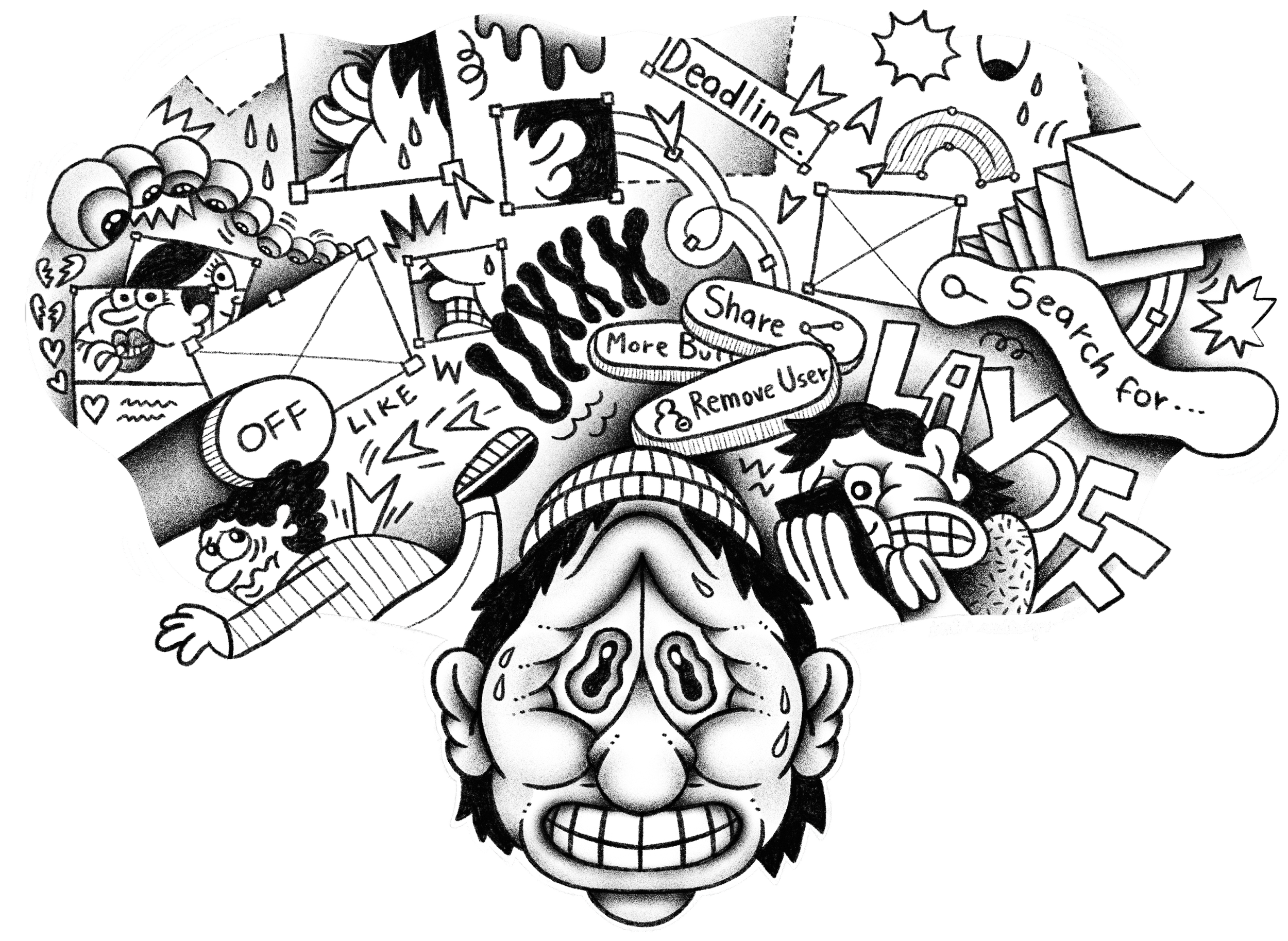
ENTER
LATE-STAGE UX
Much like late-stage capitalism, late-stage UX is characterized by its market saturation, heavy focus on financial growth, commoditization, automation, and increased financialization. Corporations exert significant influence over the economy and society, and designers can only push so far when advocating for user needs.
How can we navigate this landscape as designers in 2024?
This is the 9th edition of The State of UX report by the UX Collective: a critical look at our industry based on more than 1k articles published and shared with our 500k+ subscribers in 2023.
Read the article here: https://trends.uxdesign.cc/
The State of UX in 2020
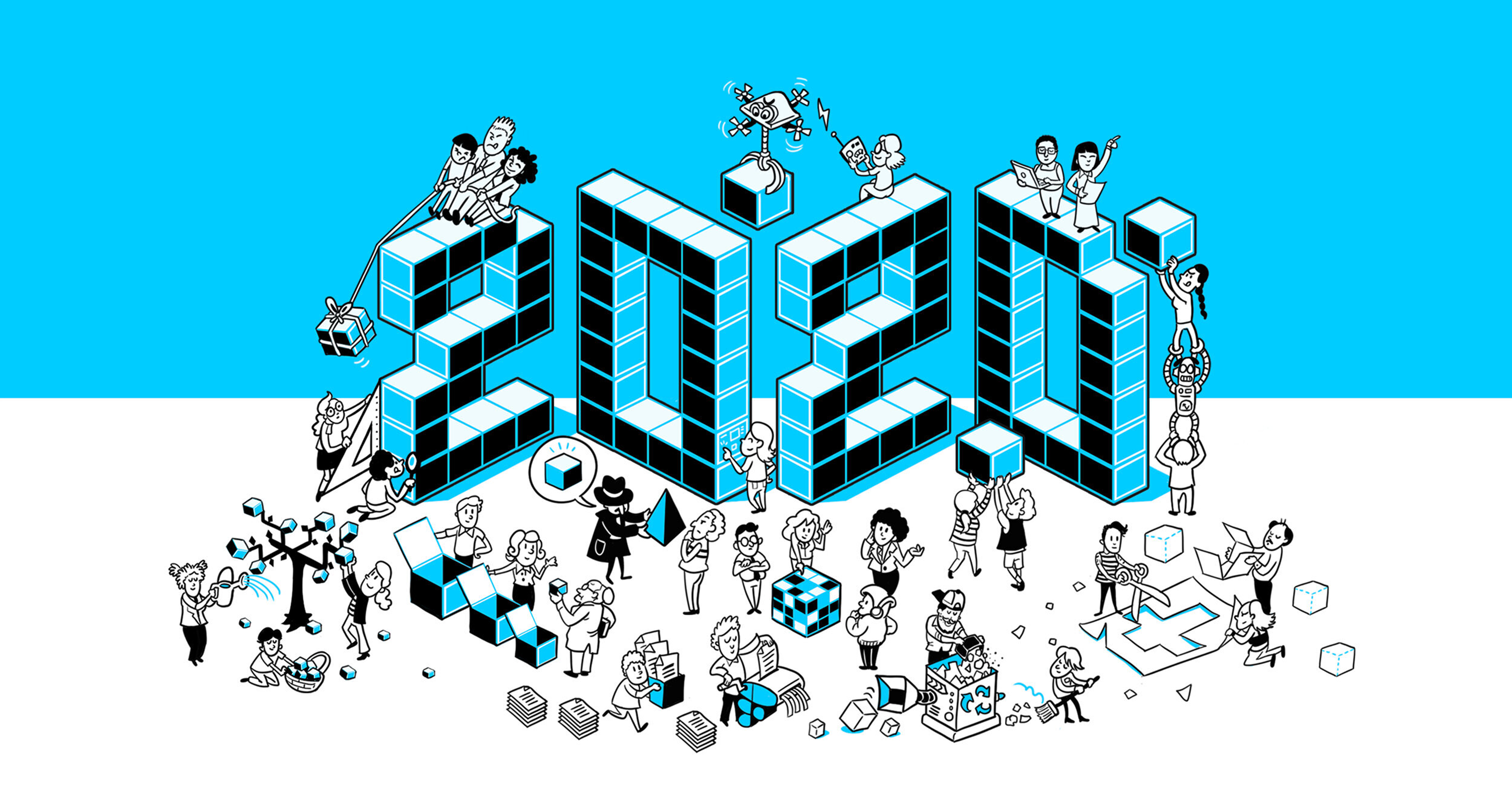
The State of UX in 2020
We are on the cusp of 2020 and what an iconic year this will be! The awesome and amazing folks at UX Design have spent tons of hours curating and sharing 2,411 links with 358,917 designers around the globe, and have come to identify a few of the trends our industry has been chatting about.
This is their fifth consecutive year publishing a trends report. If you have read any of their previous editions, then you will understand this is not an article about UI trends, but rather a more holistic analysis of UX Design as a discipline. The article covers all of the tools, methods, collaborations, career challenges, and how our community can make an impact on the world around us — one that we, consciously or not, have helped to design.
Here’s what to expect for UX in 2020.
Read the article here: The State of UX in 2020
Influencing User Behavior
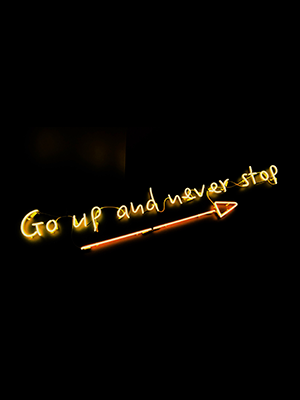
This is a big one. It is the key into why you are or aren’t being successful. How do you motivate or influence customer buying behavior? It has to do with how they interact with your brand or product.
User Experience Design

This is where user experience design comes in and WHY it is so important! A large part of the customer experience as it applies to your site is how they are navigating it. If you are blindly climbing a mountain and you never see a sign for a path, you are never going to find it and take it. You might even get frustrated and go home.
The job of your website is to present to the viewer a problem that they relate to, introduce them to your product, and highlight all the wonderful things it will do to solve that problem that they have. Maybe even a few that they didn’t know they had. If you are just pointing out a problem and not providing an easy “Lets solve that problem” button, they will not be streamlined into the buying process. If you never say “Hey! This is how this thing will solve this pain point,” they will not see the point of buying your product. Good website design will do this so subtly that the customer will be receiving email confirmation of their purchase before they even realize what hit them!
The Role of Website Design
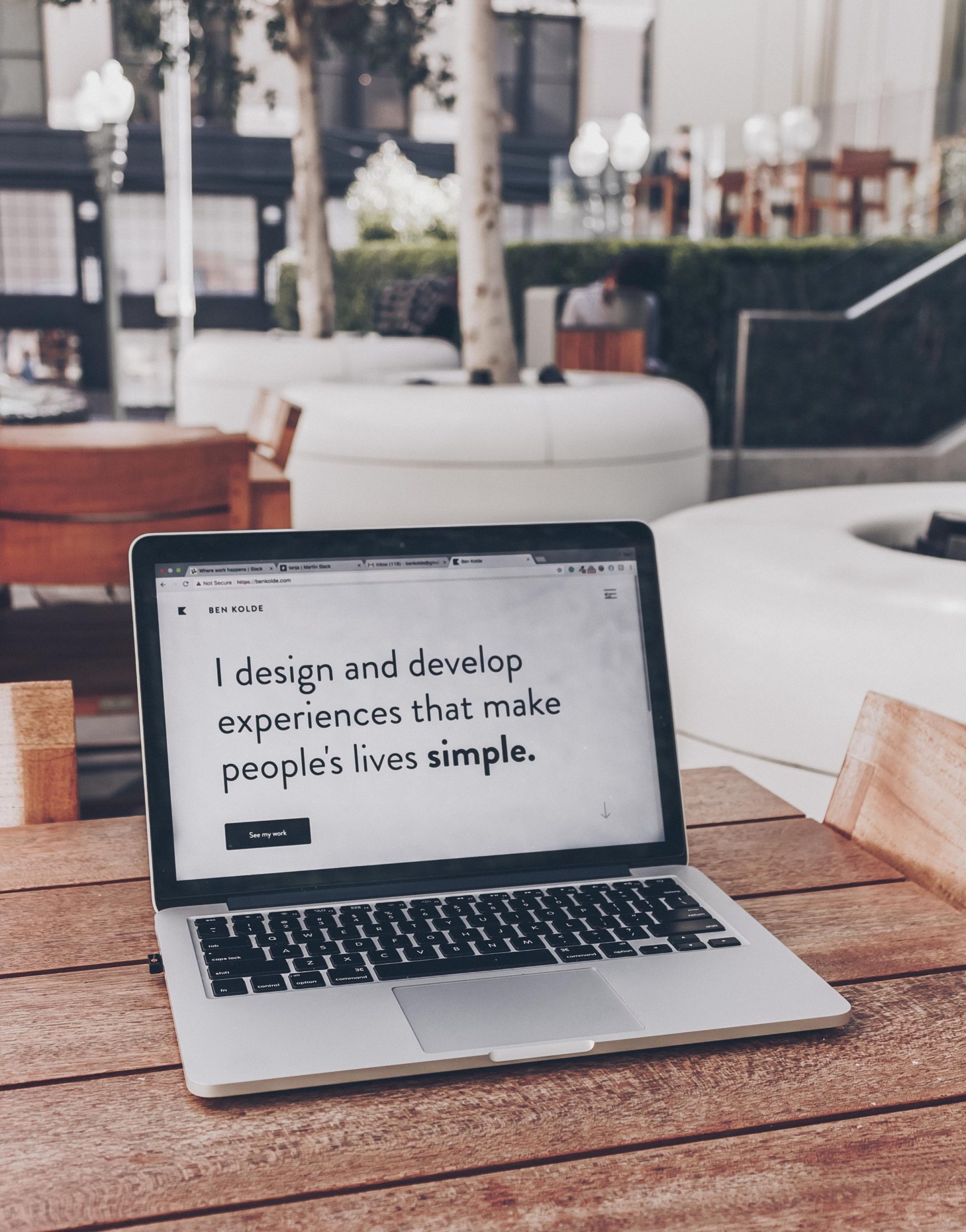
The natural flow through your site, the choice of words, the mood of the photography that tells the story of your product and your customers; it all is vital to your site! Each of these has a crucial job in influencing the user behavior. Everything should be helping the customer to invest themselves into your product, believing you hold the answer, and creating the “I need this now!” attitude. If its not…you’re not there yet. You aren’t harnessing the full power of your website.
Always have a call to action and an offer to solve that problem quickly followed by a button to get them started.
Question: What is a website you aren’t allowed to visit anymore because you can’t stop buying from them? Take a closer look. Why is that??
Science of Behavior
What makes a behavior? A behavior is born out of three parts: Motivation, Ability, and a Prompt. Each can be varied based on how motivated your buyer typically is, and the intricacy of the path to their purchase. Is there a difficult road ahead or a a “smooth sailing” option? Are they a high or low motivated person?
Create motivation for a person wanting the product.
“This will solve your back pain forever!”
“You will have a brighter smile in less than a week!”
“The most comfortable bra, you will forget you are wearing it” (Yeah right!)
Then the ability of how easy it is to get started.
“Easy to sign up, just need an email”
“One-click ordering”
“30 Day Trial”
Next, prompt them to make a move.
“Enter your email to get started today!”
“Start making healthier choices by signing up for our newsletter!”
“Subscribe and save!”
Depending on your ideal customer and what you are selling, your prompts and selling points will need to be adjusted. Will you need a more enticing prompt to call them to action? Maybe.
So what do you need in order to influence the buying behavior?
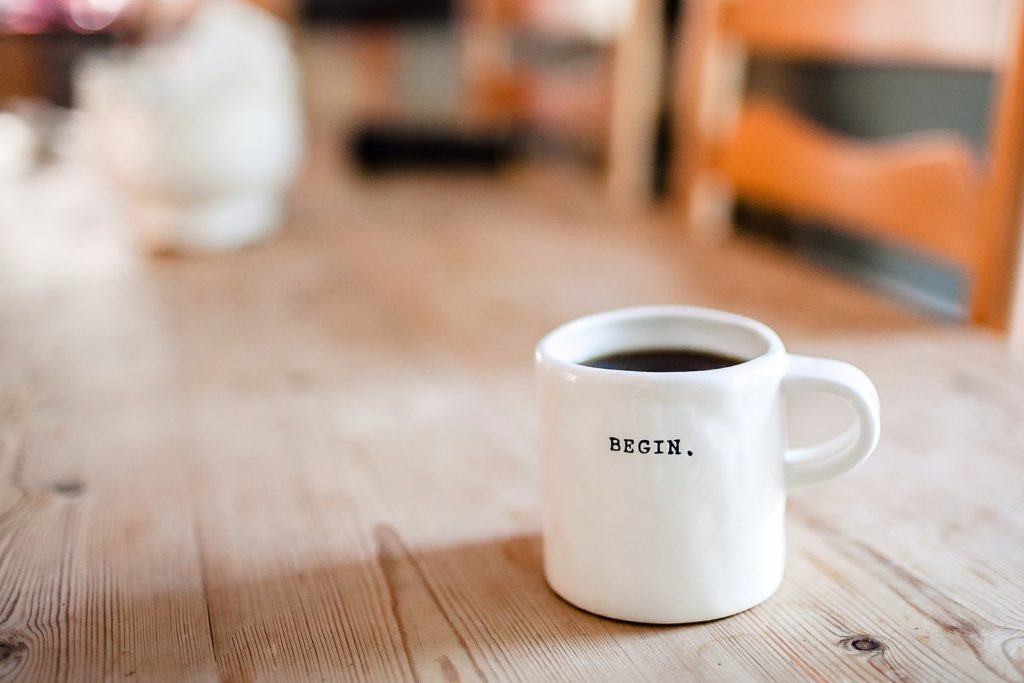
1. Create Consistency
People love predictability. They want to feel like they have an inkling on what is coming next and have that sense of everything fitting nicely together or clicking into place. It’s like creating that feeling that you get when you plug in your USB the right direction on the first try. “YES!” Don’t give them a chance to second-guess or get side tracked. Consistency provides a sense of trust, and familiarity. The very idea of UX/UI design is that you are creating a space that people enter into already understanding how it functions.
2. Offer a “Happy Medium”
People love to be given the option to customize and pick for themselves. They also love a package deal and a bit of a discount. What meets all of these points: Packaged services! Always offer 3 options.
A) Small, Medium, Large
B) Silver, Gold, Platinum
C) Beginner, Advanced, Elite
Generally speaking, they will always pick the happy medium. The place where they feel they are investing enough but not going overboard. They are getting what fits them; it’s not too big for their feet, but they can grow! And finally, it’s as noncommittal and low risk as a buying situation can feel.
3. Create a feeling of urgency
I’ll bet you know exactly what I’m talking about…
“Only 3 left!”
“Offer ends in 72 hours”
“Promo code for the next week is…”
If you feel pressured into making a decision because you can see the door closing on an opportunity, you will probably make that leap sooner than if you had time to stop and thing “Hey wait…I don’t actually need a 5 piece set of bar-b-q tools. I only wanted a spatula!” When you see that deal, that offer, you are immediately triggered into that “WOW! What a deal!” mentality. They will buy what you are selling because they want the scarcity, and they want that deal.
Getting Started?
When influencing your visitor to buy, it’s important to avoid offering extremes. Make it WAY too easy for them to try it out only to be sucked in. No long term contracts or super elaborate sign ups. You might even make that happy medium choice more inviting by labeling it as “Buyers Favorite.” Mention how it has all the bells and whistles that the smaller option doesn’t without the price tag of the bigger.
In order to streamline these all into a nice functional website, the design has to be on point. It has to be inviting and intuitive. If you have the feeling your website isn’t doing its job, it might be worth it to take a step back and get some professional feedback. Even some feedback from your customers!
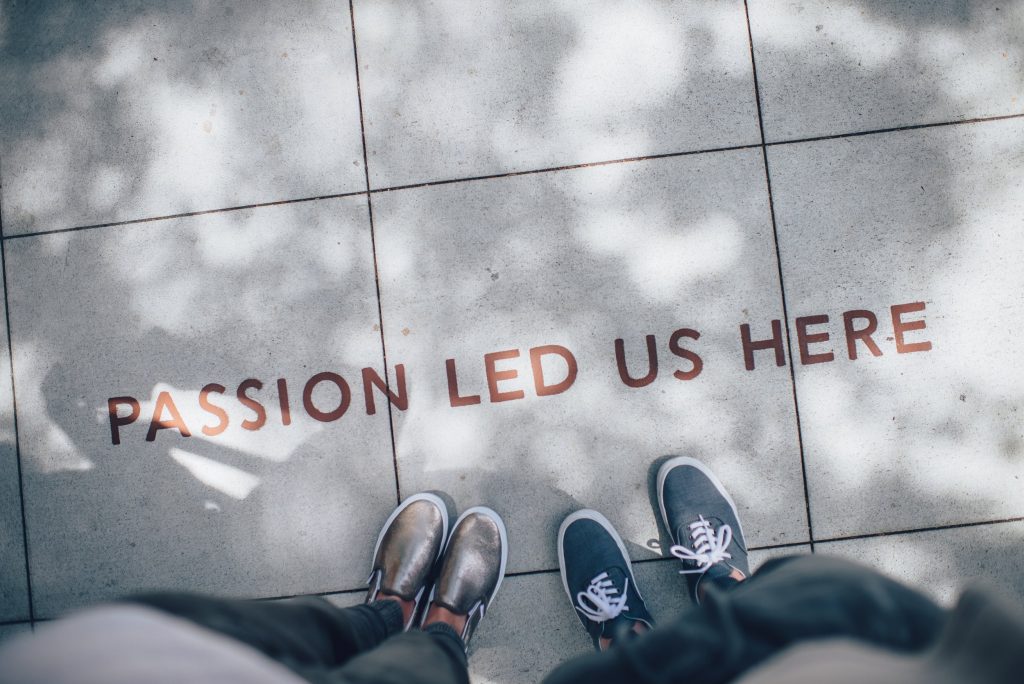
Elevate your digital journey with transformative UX Design for your website.
Connect with us today to discuss your project, and let’s embark on a journey to enhance your online presence together.
Drop us a line: hello@829design.com or call (916) 581-1777
Advanced Website Building Techniques
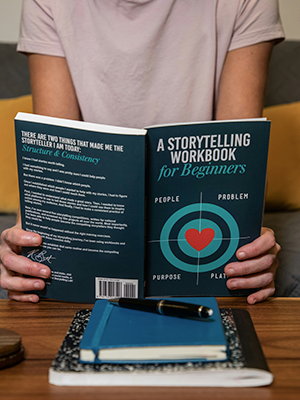
The Key to Success – Storytelling
You may already have a website for your business. Or perhaps you‘re here because you‘re in the planning stages and need some extra tips? Either way, this is something everyone should consider when building a site for their business.
We all have visited websites that just seem….blah! There’s nothing particularly wrong with them per se; they may have nice photography, the site is fairly straightforward, and somewhat visually interesting. So why do they feel so cold, uninviting and make you want to jump off?
Let’s face it, most people are drawn toward stories. Back in the early days, storytellers were renowned because that was how you learned things outside of your realm of life. They were the early “walking dictionaries”, wise men, and newspapers. This was information and connection. We are still very basic in the sense that we all connect with a good story. On the deepest level, we are searching to find a commonality and see ourselves in a narrative. Why align with this person? Are they a single mom, too? Are they also from a small town in California? Did they graduate from the same college? We are less likely to align if we fail to connect and relate.

So what can you do to connect your business and your product? You want to skyrocket sales not win a Pulitzer Prize after all…
How do you tell a story which people can hold on to that resonates long and hard? There are several different ways.
1. Visual Storytelling – This is a very basic way of getting a feeling or mood across. They fill in the blanks but you guide them along the path with very little help. There are parallax scrolling websites that have full photos with minimal type to just communicate the basics: “Came from here, going to there…” This is effective because people are very drawn to stunning photography. Visuals appeal to all ages especially with the need to “wow” them quick. While you should always include photography with any option, this is one area that should be planned out accordingly in order to guide the narrative along.
2. Origin Story – Many companies have a blurb (sometimes short, sometimes long) about the founders story. Who decided to start brewing? Who wanted quality working jeans? People are inspired by struggle, overcoming, and ultimately success. Don’t be afraid to share the struggle to the top! Vulnerability is a huge stepping stone to connection, and it’s one that really resonates with audiences.
3. Pick A Side / Join A Struggle – Another way to do this is to parallel yourself and champion a cause. Similar to Nike’s techniques. While some suggest it’s a super risky move to make a statement which might have social or political backlash, if that is part of your story it will speak to people. It may thin out the herd of potential customers or clients, however you may win clients for life in the process. Your story might be one of supporting a team or a person in the spotlight. Brands have been doing this for so long, (Desi and Lucy drank Instant Sanka!) and that’s because it works!
The important thing to remember when telling a story is that you don’t need a beginning, middle, and end. When selling a potential client, you are showing them the beginning. There may not be much to it, but that’s okay. They want to know, all the same. If there’s not much else to say, utilize a lot of relevant photography. If you have a lot to say, make sure to use typographic hierarchy to make sure they see the important parts and draw them in. If you are aligning yourself with a cause, remember to be open. Support is key. Don’t use tear-down tactics.
QUICK EXERCISE FOR YOU!
- When you see the photo below, what kind of story do you get?
- What questions do you have?
- What might be sold?
- Why is it more effective in black and white vs. color?

Always consider the mood you are creating and how to be the most abstract when using photography. You don’t need a photo of your product (you’re trying to create a narrative). Maybe show your ideal client before they find your product?
Key components of brand storytelling
When considering your brand story, use these as a guide:
- What is the reason your company came to exist?
- What motivates you, and your team to show up to work each day?
- How can you give your audience an inside look at your company?
People will always remember a good story. A great story – one which personifies your brand – should be the goal in order to position your company most effectively in the marketplace.
Why?
Because brand storytelling is the best way to distinguish yourself from the other brands in your industry. The more you can pull back the curtain and allow your audience to see inside your company, the better. It humanizes your brand. It’s what helps you to connect with your audience, appeal to their emotions and touch the hearts of your customers.
Let us help tell your story!
If you are curious where to go next on your site building journey, or feel stuck, just reach out! We‘re ready to help with your next steps.
Email us: hello@829design.com or call (916) 581-1777
Happy storytelling!
A 100-Year View of User Experience
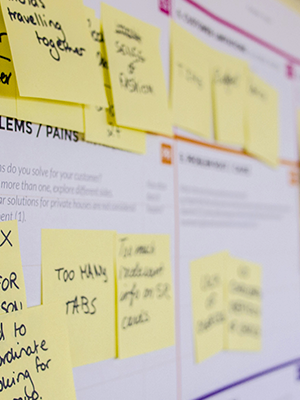
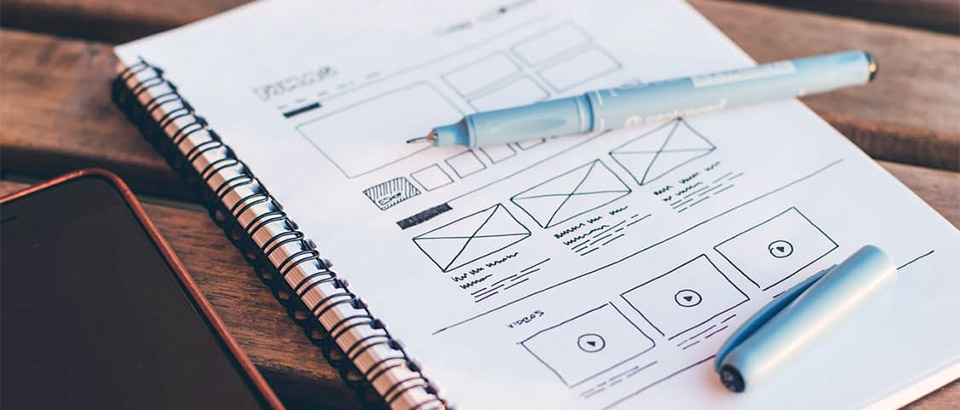
There has been quite a bit of buzz lately about User Experience (UX). The majority of people still don’t quite understand what that means, how it affects them or how important it is to the development of successful websites or quality products.
When applied to web design, it’s referred to as User Experience Design (UXD). In a nutshell, UXD is the process of enhancing user satisfaction by providing tailor-made solutions that meet their specific needs. So when websites are built around how someone will use it — rather than forcing them into a different method of interaction — this results in a much higher user satisfaction level and measures of success and enjoyment as well as how easy it is to use. What does all that mean? For starters, it results in increased time on site, more sales, and ultimately more revenue for the company. In the end, isn’t that what websites should be doing for your business?
The future of web design continues to move in this direction with the implementation of engaging characteristics built into the strategy and design of the sites. This will only continue to grow as the UX/UXD profession expands and changes in the coming years.
For the profession of UX, it has come a very long way since 1950; still even since 1990. Check out this fascinating article by the Nielsen Norman Group which discusses a long-view approach to the anticipated growth of UX.